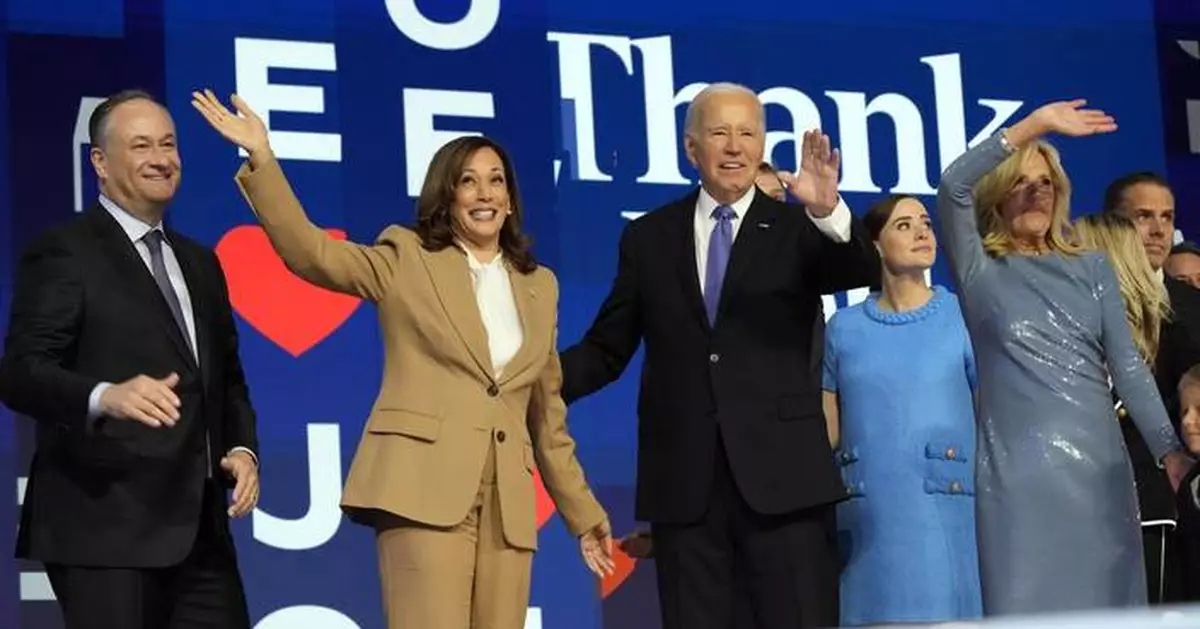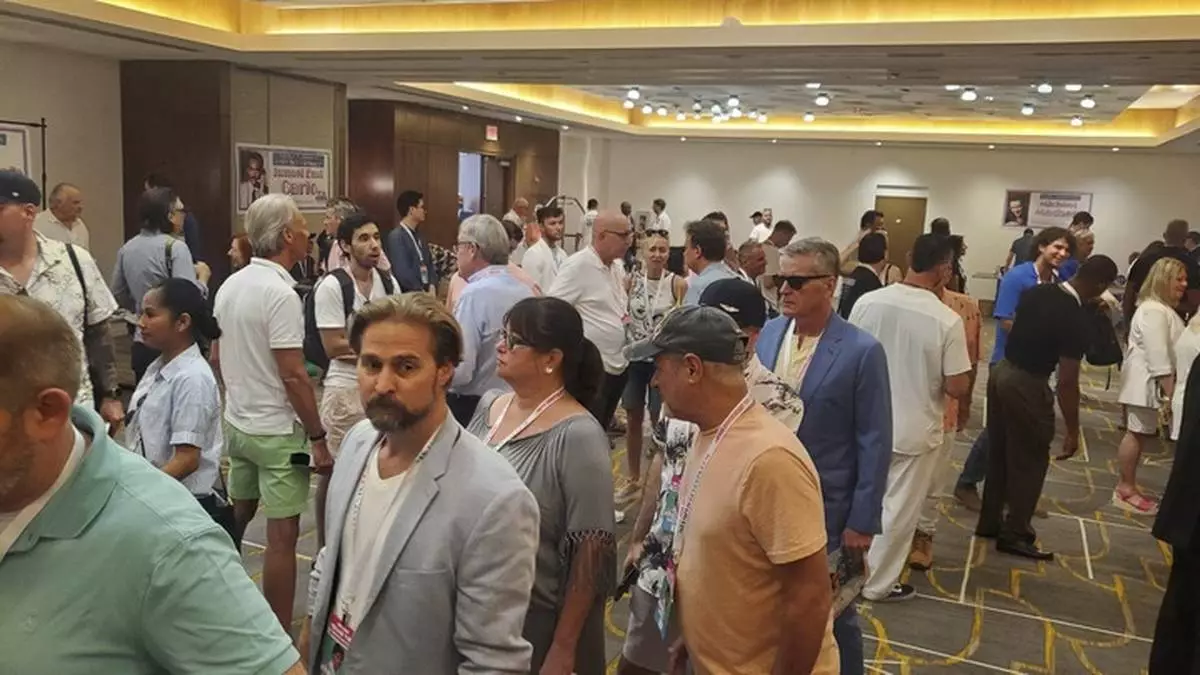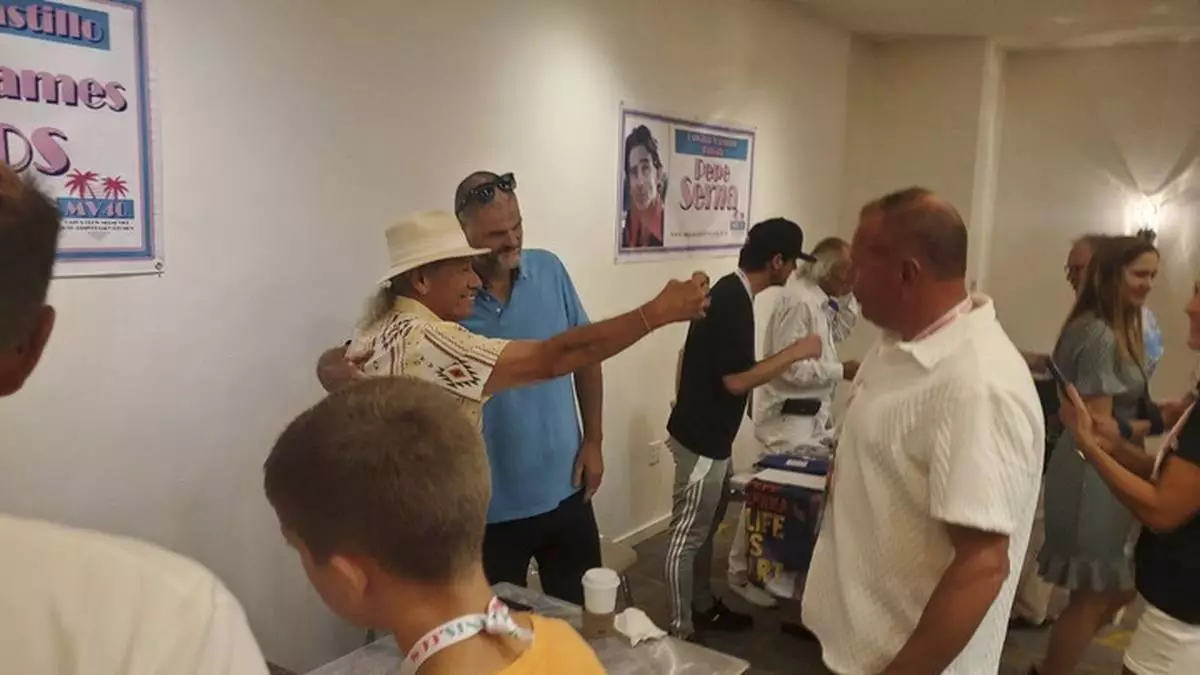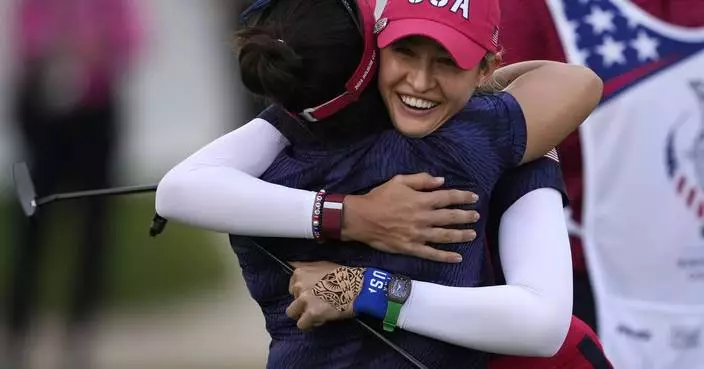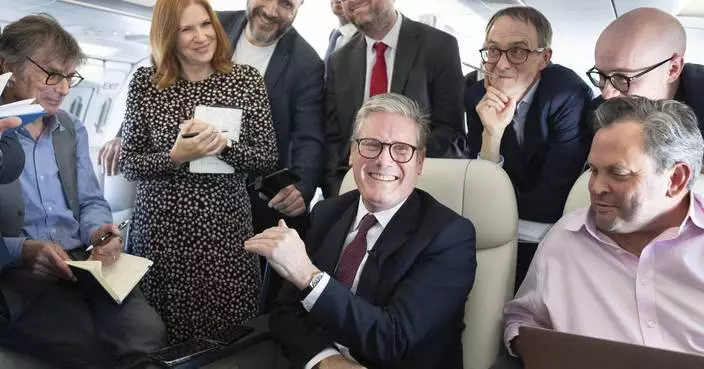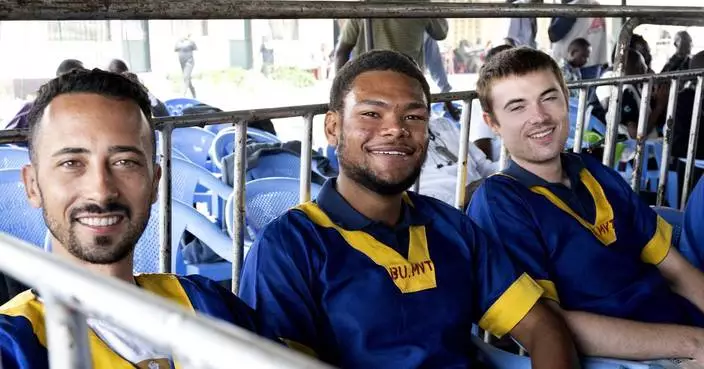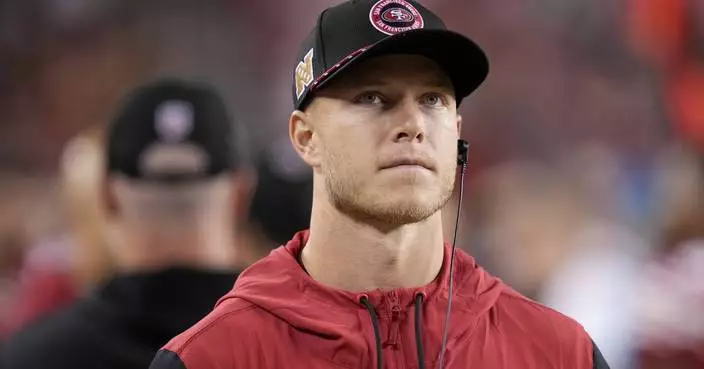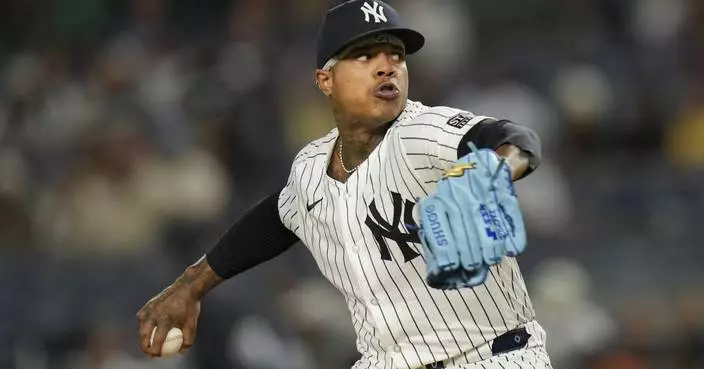NEW YORK (AP) — As Vice President Kamala Harris begins her fall campaign for the White House, she can look to history and hope for better luck than others in her position who have tried the same.
Since 1836, only one sitting vice president, George H.W. Bush in 1988, has been elected to the White House. Among those who tried and failed were Richard Nixon in 1960, Hubert Humphrey in 1968 and Al Gore in 2000. All three lost in narrow elections shaped by issues ranging from war and scandal to crime and the subtleties of televised debates. But two other factors proved crucial for each vice president: whether the incumbent president was well-liked and whether the president and vice president enjoyed a productive relationship.
“You really do want those elements to come together,” says Julian Zelizer, a professor of history and public affairs at Princeton University. “If the person the vice president is working for is popular, that means people like what he’s doing and you can gain from that. And you need to have the two principals working together.”
In 1988, Bush easily defeated Democrat Michael Dukakis, the Massachusetts governor whom Republicans labeled as ineffectual and out of touch. Bush was otherwise helped by a solid economy, the easing of Cold War tensions and some rare luck for a vice president. President Ronald Reagan's approval ratings rose through much of the year after falling sharply in the wake of the 1986-87 Iran-Contra scandal, and Reagan and Bush worked well together during the campaign. Reagan openly backed his vice president, who had run against him in the 1980 primaries. He praised Bush at the Republican convention as an engaged and invaluable partner, appeared with him at a California rally and spoke at gatherings in Michigan, New Jersey and Missouri.
“Reagan was not a man to hold grudges,” said historian-journalist Jonathan Darman. “And Bush did a good job of navigating the complexity of their relationship while he was vice president.”
When Gore ran in 2000, his advantages were similar to those enjoyed by George H.W. Bush. The economy was strong, the country was at peace and the president, Bill Clinton, had high approval ratings despite his recent impeachment over his affair with White House intern Monica Lewinsky.
Gore had worked closely with Clinton over the previous eight years, but the scandal led to enduring tensions between them. He minimized the president’s presence during the campaign and pronounced himself “my own man” during his acceptance speech at the Democratic National Convention. Commentators would cite his distance from Clinton as a setback in a historically close race, decided by a margin of fewer than 1,000 votes in Florida.
“Instead of finding a way to embrace the accomplishments of the Clinton administration, Gore ran away from Clinton as fast as his legs could carry him,” Slate's Jacob Weisberg wrote soon after the election.
Like Gore, Nixon could not — or would not — capitalize on the incumbent Dwight Eisenhower's popularity. In 1960, Eisenhower was still so admired as he neared the end of his second term that Nixon's opponent, Democrat John F. Kennedy, feared the president's active support would prove critical. But Eisenhower and Nixon had a complicated relationship dating back to when Eisenhower ran eight years earlier. He had chosen Nixon as his running mate, but nearly dropped him because of the so-called Checkers scandal, in which Nixon was accused of misusing funds donated by political backers.
Nixon was more than 20 years younger than Eisenhower, the victorious World War II commander who often looked upon his vice president as a junior officer, according to Nixon biographer John A. Farrell. At the end of a summer press conference in 1960, Eisenhower was asked if he could cite Nixon's influence on any important decision. He answered, “If you give me a week, I might think of one." Meanwhile, Nixon was reluctant to have Eisenhower campaign, out of a desire to forge his own path, and, allegedly, out of concern for the 70-year-old president.
“Nixon very much wanted to be his own man,” says Farrell, whose prize-winning “Richard Nixon" was published in 2017. “He always said he was worried about Eisenhower's health, but there are also anecdotes that Eisenhower was chafing at the bit. Both could be true.”
Nixon's luck changed when he ran eight years later against Lyndon B. Johnson's vice president. No vice president was more entrapped by his predecessor than Hubert Humphrey, whose candidacy was only possible because Johnson decided not to seek reelection.
Humphrey faced challenges within the party from the anti-war candidates Eugene McCarthy and Robert F. Kennedy (who was assassinated in June 1968 after winning the California primary) and was tied to Johnson's divisive, hawkish stance.
Humphrey privately advocated a less hardline approach to the war, but Johnson intimidated him into silence and he trailed Nixon badly in many polls. Only in the fall did Humphrey diverge and call for a bombing halt with North Vietnam. The vice president rallied, but ended up losing the popular vote by less than a percentage point while falling short more decisively in the Electoral College.
“Johnson did catastrophic damage to Humphrey, in my opinion,” says Boston Globe columnist Michael Cohen, author of a book on the 1968 election, “American Carnage.”
Like Johnson, President Joe Biden declared he wouldn’t seek a new term less than a year before Election Day, though he waited much longer in the cycle than Johnson did. Unlike Humphrey, Harris quickly consolidated Democratic support and accepted her party’s nomination at an uplifting convention that concluded without significant damage from protests, unlike the violence-marred 1968 event in the same city, Chicago.
In an AP-NORC survey conducted in July, after Biden dropped out of the race, about 4 in 10 Americans approved of his performance as president, roughly where his approval numbers have stood since the summer of 2021 and comparable to those of the Republican nominee, Donald Trump. Eisenhower, Reagan and Clinton frequently held higher approval ratings than Biden, although all served in less polarized eras.
Harris wants to succeed a president who himself served as vice president and ran for president, four years later. President Barack Obama discouraged Biden from seeking election in 2016 and waited to endorse Biden in 2020 until the crowded Democratic primary field was clear.
“Obama became an enthusiastic backer, which helped unify the party at a time when Biden’s record on race in the 1990s, including his support for the crime bill, was fueling doubts among young progressive voters,” Biden biographer Evan Osnos says. “Obama’s endorsement of Biden was about more than his candidacy; it was about his character, and that proved to be important.”
As president, Biden has worked to include Harris on his major policy calls and conversations with foreign leaders. He’s pledged to be Harris’ top campaign volunteer and to do whatever she asks of him for her election, though aides are still determining where the still-unpopular president would best be utilized. On Labor Day, Biden and Harris will appear together in Pittsburgh for a campaign event in a key swing state, Pennsylvania.
Associated Press polling editor Amelia Thomson-DeVeaux in Washington contributed to this report.
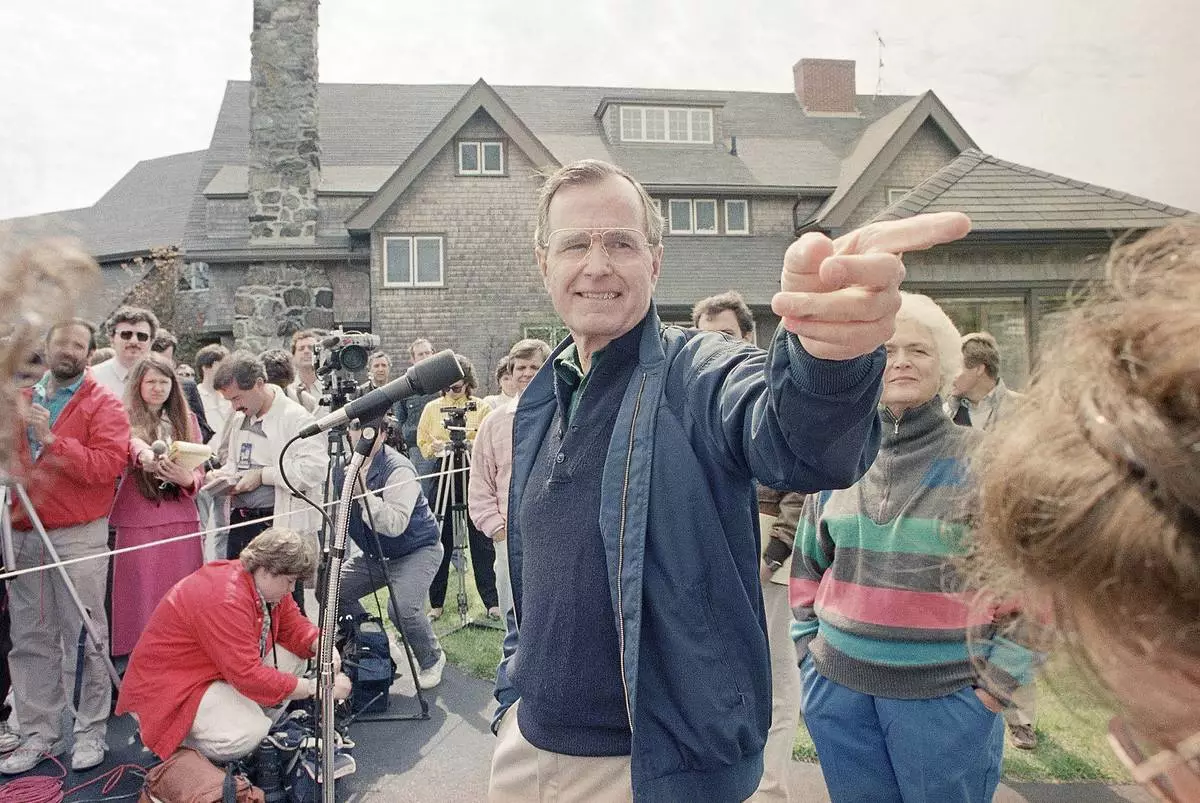
FILE - Vice President George Bush fields a question during a news conference in front of his Kennebunkport, Maine, home, May 27, 1988, with his wife, Barbara, right. (AP Photo/Pat Wellenbach, File)
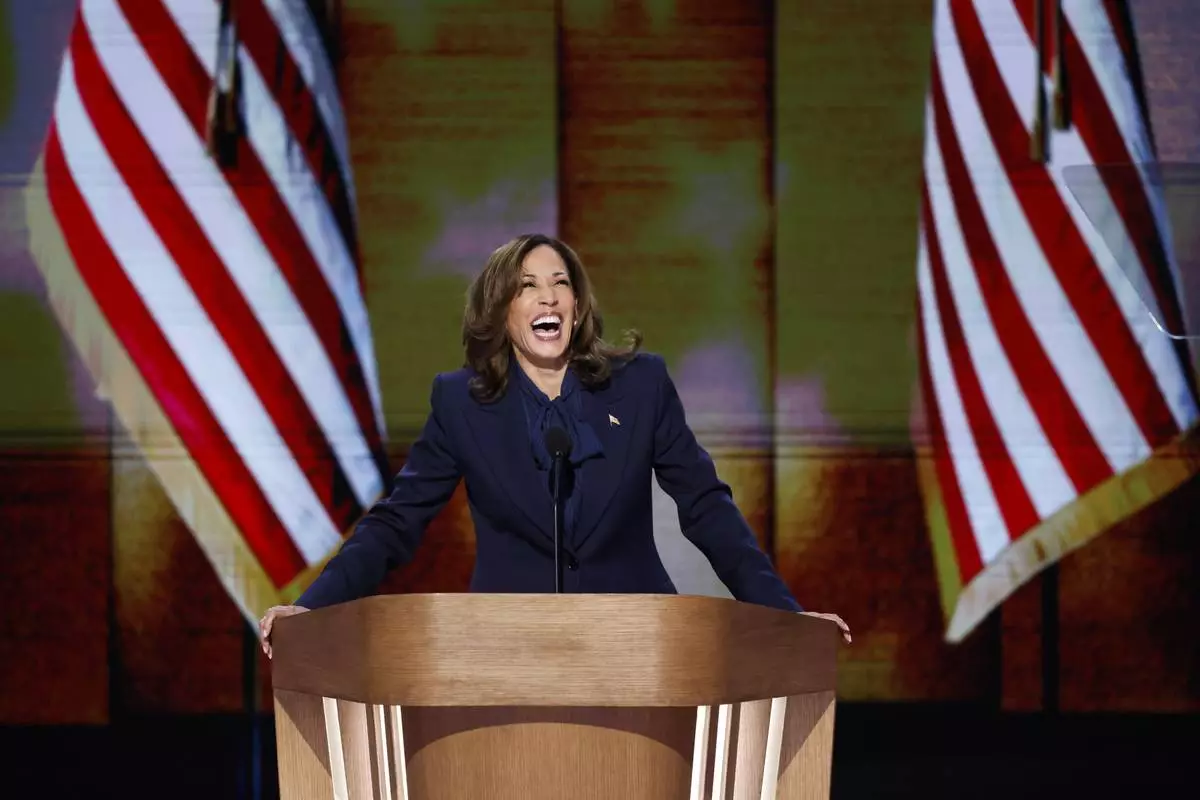
Democratic presidential nominee Vice President Kamala Harris speaks during the Democratic National Convention Thursday, Aug. 22, 2024, in Chicago. (Gabrielle Lurie/San Francisco Chronicle via AP)
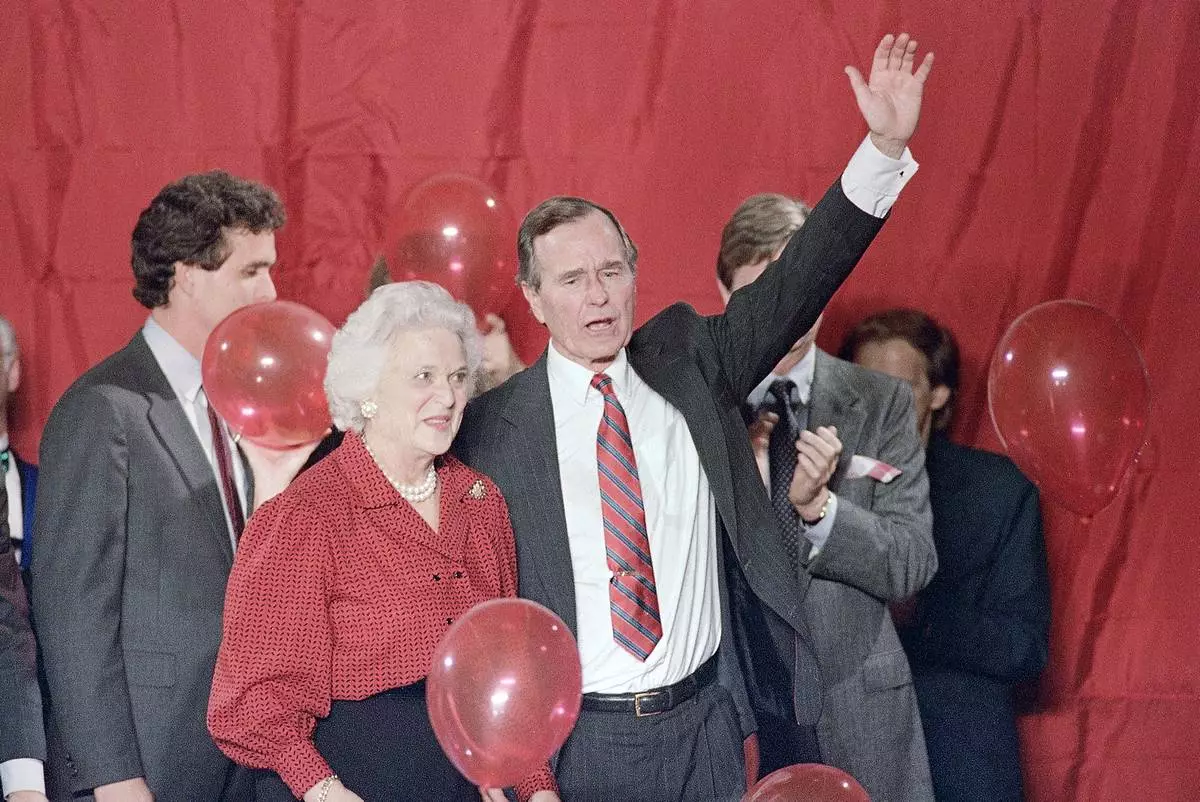
FILE - Vice President George H.W. Bush and Barbara Bush wave as balloons are dropped during a welcome rally in Houston, Nov. 8, 1988. (AP Photo/John Duricka, File)

President Joe Biden and first lady Jill Biden stand on stage with Democratic presidential nominee Vice President Kamala Harris and second gentleman Doug Emhoff during the first day of Democratic National Convention, Monday, Aug. 19, 2024, in Chicago. (AP Photo/Jacquelyn Martin)


